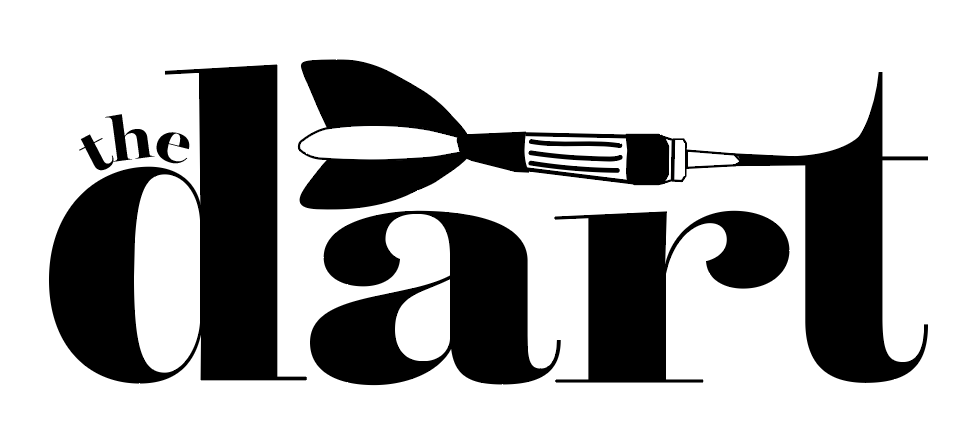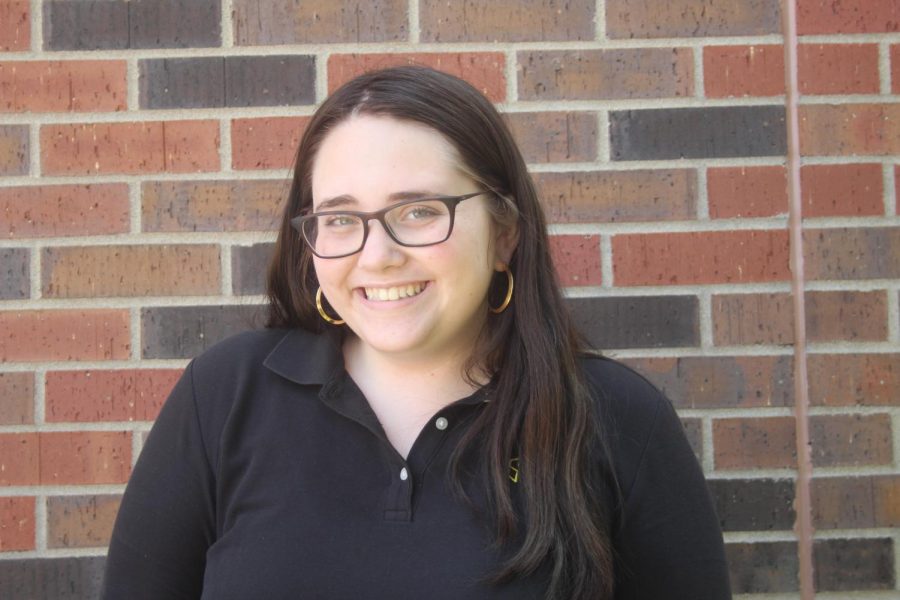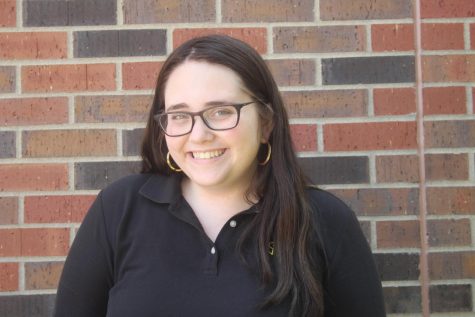Young, chubby girls need representation
Young girls suffer from a lack of representation in popular children’s media. If diverse body types were more accurately represented in children’s toys and movies, less children would suffer from a lack of confidence.
November 28, 2018
I am eight years old, standing in my purple-walled bedroom and examining myself in the mirror. I twist and turn, poking at my stomach, my arms and my thighs – any part of my body that had more fat on it than I wanted. I wondered how to look skinnier. After about 20 minutes and some experiments, I found out that if I put on a tank top and tied it tightly in the back, it could suck my stomach in and make me appear skinnier. I pull out my stack of sticky notes from my desk and write myself a reminder: “Tie tank to make yourself skinnier.”
I am 14 years old and sitting in my eighth-grade history class. It is the end of the year, so the temperature outside is steadily rising and slowly the pants and boots of wintertime have been swapped out for sandals and shorts. I am sitting next to somebody I have known for almost a decade, a stick-thin girl whose mom was my third-grade teacher. Nonchalantly, she tells me how disgusting she thinks it is when girls in our grade have stretch marks already. Quickly, I shift to make sure mine aren’t visible.
I am 17 years old and scrolling through an article about the most popular romantic comedies of the early 2000s. I’m a huge romantic and have spent many a Friday night watching Netflix’s entire collection of romantic movies, so none of the titles listed are unfamiliar to me. I do notice, however, that none of the lead actresses look like me. The voice in the back of my head wonders for the millionth time if my weight is the reason I’ve never been on a date.
As a child, everything I watched, read and played with reinforced the idea that being chubby was bad and a trait you needed to get rid of immediately. I frequently played with Barbies, one of the most popular toys of the 2000s. I always wondered, though, why there wasn’t a doll that looked like me. I wasn’t tall, tanned and thin. I was a kid who hadn’t lost her baby fat yet. So why was the message sent to me that I needed to look like an adult supermodel?
Because I never saw my body type represented in popular media, I grew insecure early on in life. I was constantly comparing myself to my friends, wondering why they had bodies that were so different than mine when I knew my family ate much healthier. When I went over to their houses, they would offer me sugary snacks and cereals that I knew wouldn’t stick to them. I didn’t understand why.
My insecurities were only exacerbated by the lack of representation I saw in the media. I remember walking through the aisles of Target, staring at all the skinny women on the magazine covers, and wondering how old I had to be to look the same. Though there were plenty of women I knew personally who had similar body types to me, the TV shows and movies I watched taught me that if I wanted to be successful in life, I needed to fit into a mold. A skinny one.
If diverse body types were better represented in the media, I may have been more comfortable in my body as a child. I may not have religiously counted calories before every big event in a last-ditch effort to lose weight. Most importantly, I may never have developed that doubtful voice in the back of my head. Despite my efforts to accept myself, it sticks around. Except now, popular media includes more and more body types each year. Hopefully, mine will be the last generation of children to grow up hating their bodies.




